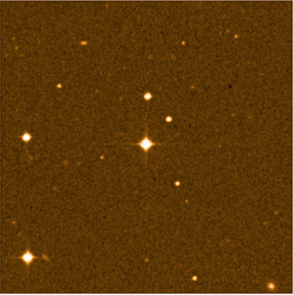
Exciting times for superconductors
Current flow in the new metallic superconductor could be explained by an old theory
Thank you for registering with Physics World
If you'd like to change your details at any time, please visit My account

Current flow in the new metallic superconductor could be explained by an old theory

More cash on the cards for European R&D
 Read article: Turbulent times for fluids
Read article: Turbulent times for fluids
Turbulence is highlighted by imaging methods from high-energy physics

The physics community loses two luminaries in as many weeks
 Read article: The hunt for new dimensions
Read article: The hunt for new dimensions
The gravitational attraction between closely spaced objects could reveal new dimensions

Ultrashort laser pulses could probe processes that occur almost instantaneously

Clumps of sodium atoms buck the thermodynamic trend
 Read article: Muon result could jeopardise Standard Model
Read article: Muon result could jeopardise Standard Model
New experiments on the muon cast doubt on a long-held theory

The spin on electrons could be used to create super-dense recording media
 Read article: Uranium reveals the age of the universe
Read article: Uranium reveals the age of the universe
Uranium in a primitive star shows that the universe is at least 12.5 billion years old